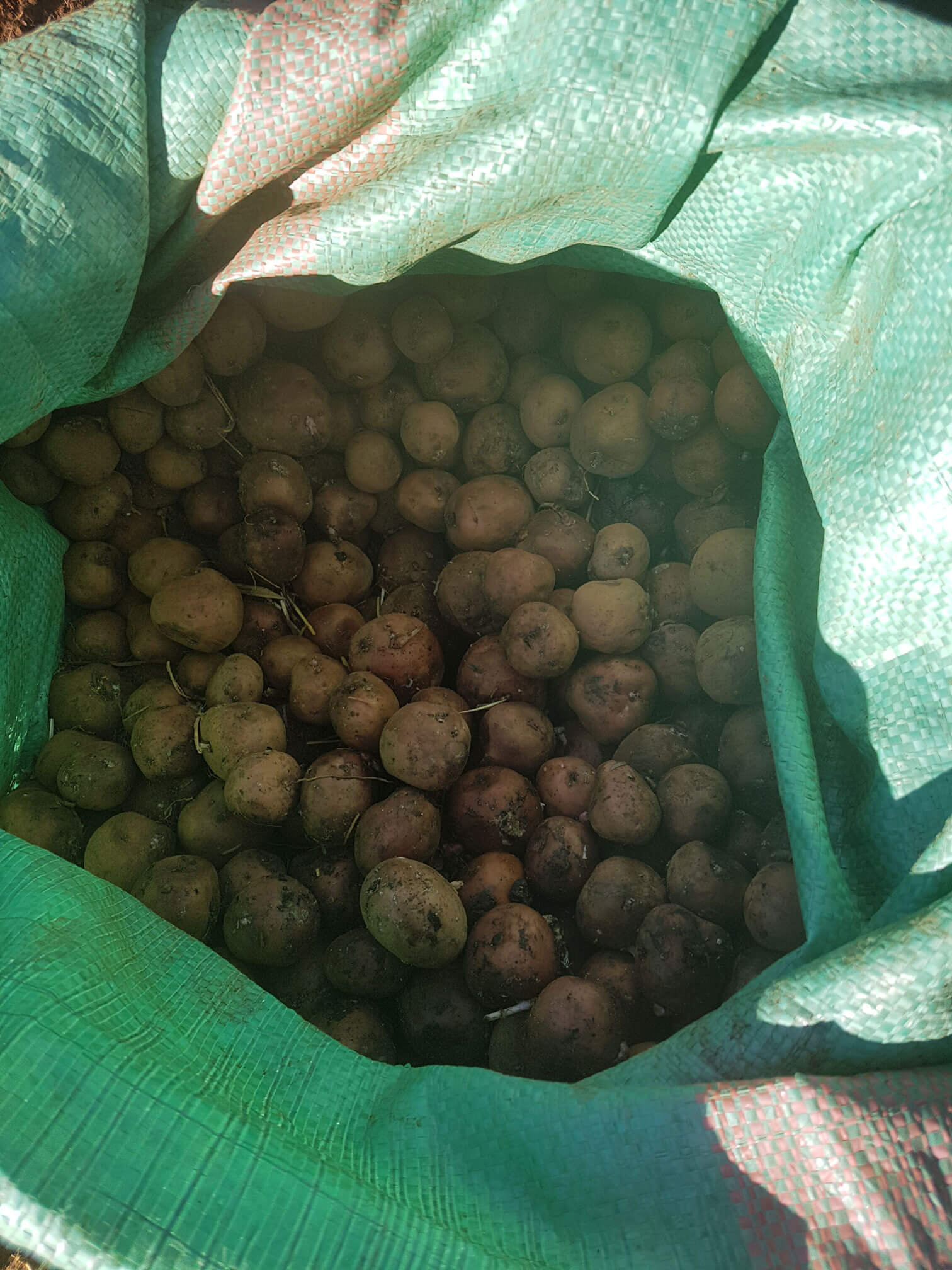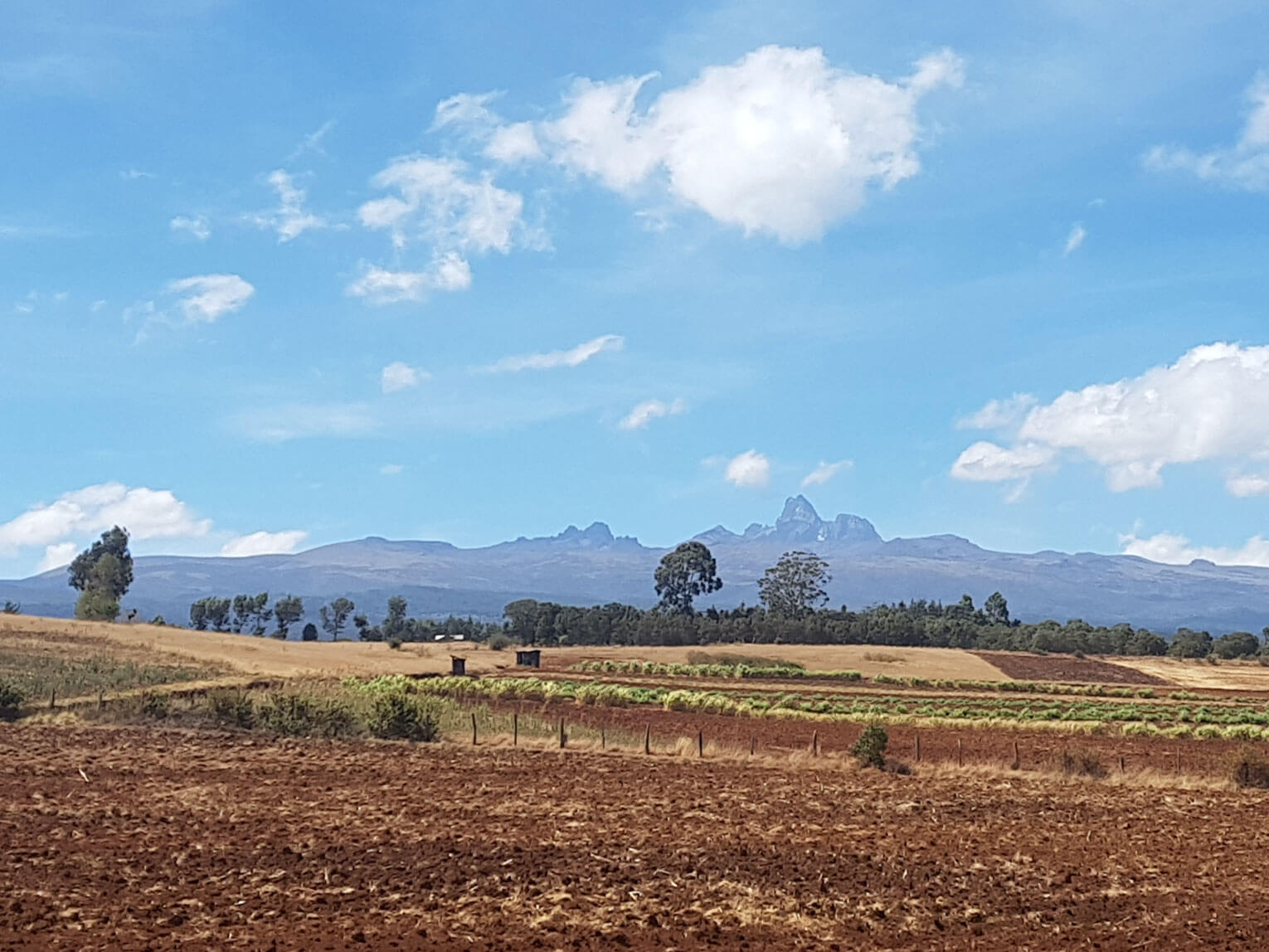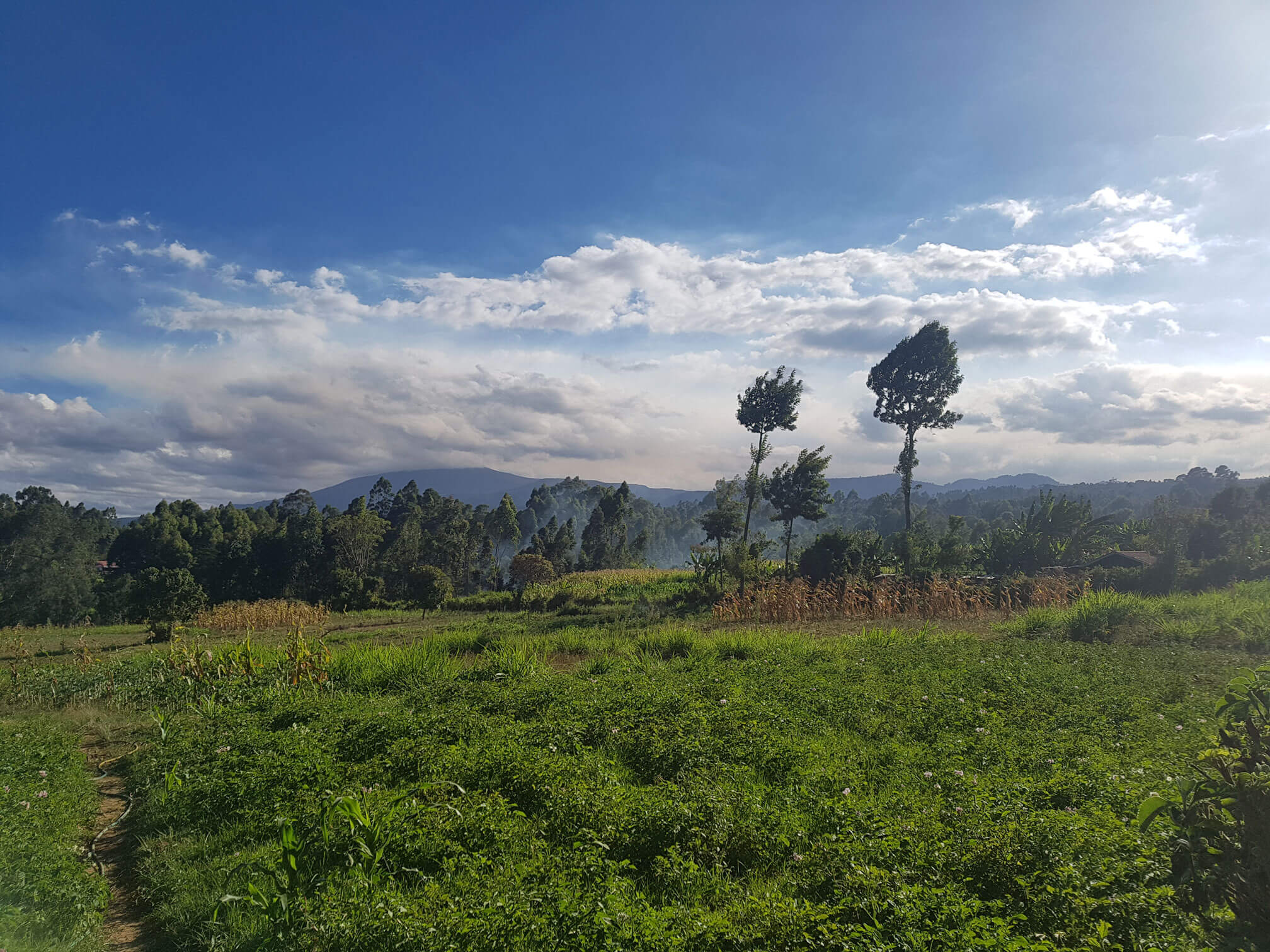Wait and profit. How mould grows on market speculation in Kenya
Konstantin BiehlOctober 28, 2022 | Projects
“Forget about the mould! These potatoes are worth much more now,” Francis dismisses my concern about the quality of the month-old harvest laughingly. He is the head of a potato cooperative in upper Meru and just selling to a trader passing through the villages on the northern slopes of Mt Kenya.
This article investigates the relation between food safety, farming, market mechanisms, as well as interspecies relations between humans, fungi, and plants. In Kenya, many policy makers think improvement of economic performance as well as food safety along the lines of capitalist market logic. However, this logic does not necessarily lead to better and safer food available for consumers but, in this case, allows mould and rot to thrive. From an STS perspective a market economy is shaped by its participants’ performative knowledge of its mechanisms (See Franck Cochoy in Callon 1998), a practice that this paper will investigate as navigation.

Last seasons’ harvest with bruises and traces of mould used as seed potatoes [Image Courtesy: Konstantin Biehl]
When asked, why he would not buy the harvest earlier, John, the lorry driver, laughs: “No chance. Everyone here would only sell me little to nothing. They are hiding the harvest!” Francis grins, “Of course, everyone does. Today we are getting 6,000KSH (around 52€) per bag. Three months ago, just after harvest, the traders would offer us only 1,000 (around 8,50€). But we know the game. It’s much better to wait before selling.”
The fluctuation of market prices follows the basic rules of supply and demand, just after harvest, prices are low and raising from there on. This encourages farmers to store their harvests and wait till food is scarcer. The market incentives for withholding the harvest combined with poor storage conditions result in partial loss and further pressure on the national food supply. From a producer perspective the high prices compensate for the lost harvest and render even partially rotten potatoes into a valuable, marketable commodity.
It is long known among scholars of agriculture that the market proved to be the most powerful of the invisible forces pre-structuring agricultural practices, lives and fortunes. The Marxist theorist Karl Kautsky wrote in 1899: ‘The peasant was now dependent on the market, which proved to be even more moody and unpredictable than the weather’ (Kautsky 1988: 16). This is no simple denouncement of capitalist production in agriculture but an example of how market economy produces uncertainty, new choices, and constraints for actors, who do not bear an equal share of risk (Watts 1988: 261).

Fields on the northern slopes of Mt. Kenya near Timau [Image courtesy: Konstantin Biehl]
This speculation can be understood as a practice of not only anticipating the time/price matrix of the agricultural market but a specific form of navigation among the different invisible forces influencing the farmers’ success: aside the market, seasons and rains, pests, and economic relations to traders, neighbours, banks, and the state.
Farmers are aware of the effects of market mechanisms, realistic about the shortcomings of their storage conditions, and concerned about the spread of mould and rot. Like other pests and erratic rains, they are potential dangers during the whole process of growing, storing, and processing of -in this case- potatoes. So, post-harvest speculation is a continuation of the agricultural practice of navigating uncertain factors in time. Reading speculation as a specific form of navigating that emphasizes the interactivity of agents and social and natural environment: “…though the radical interactivity that the concept [of navigating] highlights is a theoretical perspective, the fact that our social environments are in (sometimes rapid and uncontrollable) motion is part of everyday life. We act, adjust and attune our strategies and tactics in relation to the way we experience and imagine and anticipate the movement and influence of social forces” (Vigh 2009, 420).
Agricultural practices are pre-structured by the yearly circle of planting, long and short rains, harvesting, storing, and marketing of the produce and can seem very stable. But every element can vary in duration and timing: rains fail, pests flourish, or markets are influenced by far-away-events. Often farmers must adapt and change their agricultural rhythm and plans. So, when the planting season is nearing, weary farmers are looking at the sky for signs of rainy clouds and to the weatherman on TV for reports. Larger planetary developments like increasingly erratic weather caused by climate change and political disruptions like even-far away war (like the amplified Russian invasion of Ukraine) further increase the consequences of local agricultural practices and speculation.
In the last years Eastern Africa was hit by several, long-lasting droughts, although upper Meru was less affected then surrounding lowlands. Having experienced advertise weather and its economic consequences in the past farmers anticipate the droughts as chance as well as potential danger for themselves. Like other actors in Kenyan society, for example traders, companies but also consumers, they engage in venture with agricultural products to profit or at least soften the economic pressure from raising prices. The risk of a shortage is often enough to encourage speculation by storage and cause significant increases in prices. This often directly threatens livelihoods especially in the dry lowlands, in pastoralist communities, and among the urban poor.

View from mountain farms in Imenti Central Sub-County, Meru [Image Courtesy: Konstantin Biehl]
Konstantin Biehl is a PhD student in social anthropology at the University of Oslo (UiO) and the University of Edinburgh (UoE). He is interested in questions of invisibility, detection, and knowledge-making within the uncertain. His current project focuses on agricultural practices in rural Kenya and farmers’ encounters with mould and toxicity. His PhD research is part of the EU-funded project Anthropology of Human Security in Africa (ANTHUSIA), which received funding from the European Union’s Horizon 2020 research and innovation programme under the Marie Sklodowska-Curie grant agreement no. 764546. Twitter.
Published: 10/28/2022
